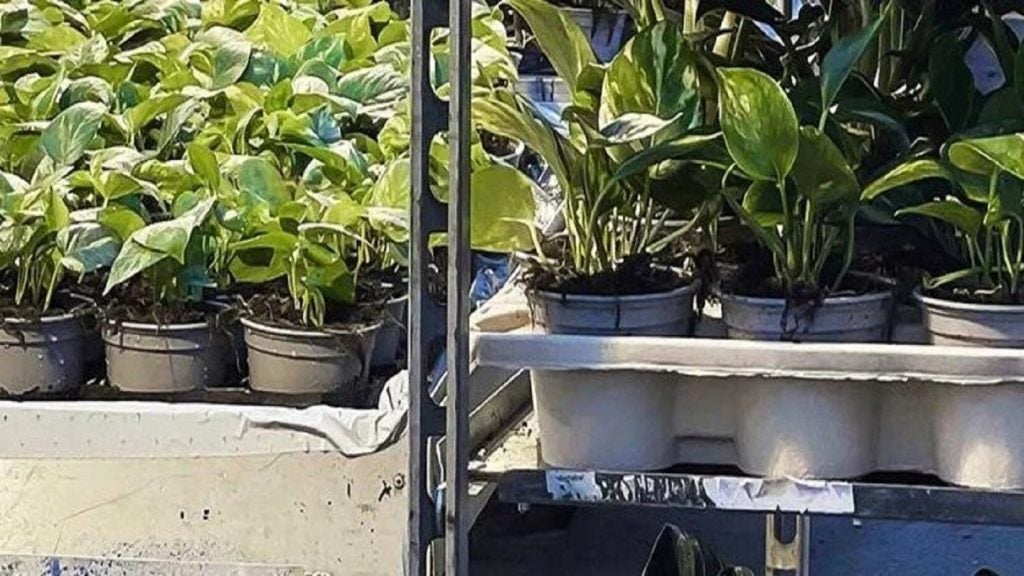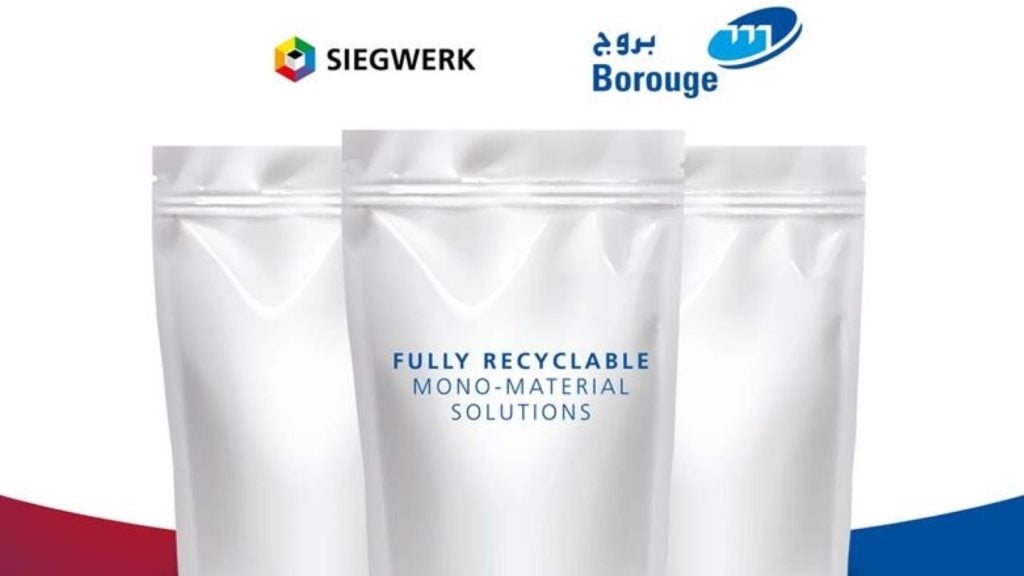

Flexible packaging offers lower production costs and convenience for consumers. Image courtesy of Oleg GawriloFF
Over recent years the benefits of flexible packaging have gained the attention of manufacturers and retailers across a myriad of industries. Thanks to its versatility and low production and transportation costs, it has become a popular choice for a wide range of applications, from food products to pharmaceuticals. As a result, flexible packaging is considered to be one of the fastest-growing packaging sectors in the market.
In the latest ‘hot topic’ report, ‘Global Executives Survey: Growth of Flexible Packaging’, GlobalData draws on the expertise of 77 leading industry executives, with key operational areas ranging from buying to wholesale, to gain an insight into how organisations view opportunities in flexible packaging.
With demand growing for more convenient and cost-effective solutions and rising investments in food processing industries throughout the Asia-Pacific region helping to drive growth of flexible packaging, the future of the format is looking bright. According to the GlobalData market data, the global volume for flexible packaging is expected to increase from 972 pack units in 2010, to 1,426 billion pack units by 2020.
See Also:
Benefits of flexible solutions
How well do you really know your competitors?
Access the most comprehensive Company Profiles on the market, powered by GlobalData. Save hours of research. Gain competitive edge.

Thank you!
Your download email will arrive shortly
Not ready to buy yet? Download a free sample
We are confident about the unique quality of our Company Profiles. However, we want you to make the most beneficial decision for your business, so we offer a free sample that you can download by submitting the below form
By GlobalDataThe adaptability of materials used in flexible packaging lends the format to innovation. Developments in material science have paved the way for manufacturers to create superior solutions that have helped to promote the format as a prime contender in the field of prime packaging.
The benefits of using flexible packaging are numerous. Not only is the format easier to store and transport, flexible solutions can provide enhanced performance, lower weight and reduced scope of contamination – all while upholding its primary objective of protecting the product inside.
Flexible packaging utilises a variety of materials, covering cellulosic, aluminium, paper and polymer to suit the intended application. These materials provide one of the key strengths associated with flexible packaging. According to regional analysis, 71% and 67% of GlobalData survey respondents with operations in North America and the rest of the world, respectively, identified barrier properties as the key strength of flexible packaging.
Due to the fact that the films and foils used in flexible packaging have good moisture barrier properties, they can prevent external factors such as water, vapour, oxygen, gas or light from penetrating the pack and damaging the product inside, without the need for an additional inner liner or outer box. This directly reduces the costs of manufacturing and storing extra packaging materials, which appeals to manufacturers looking for high-performance, low-cost solutions.
Innovation opportunities for packaging developers
Since flexible packaging came onto the market, manufacturers have been on a seemingly constant mission to push the boundaries of innovation within the sector, expanding the capabilities of flexible materials with each development. With the demand for flexible solutions already established in a number of industries, greater uptake of flexible formats presents even more opportunities for innovation in the sector.
The most popular material choice for flexible packaging is Bi Oriented Propylene (BOPP). According to GlobalData, the demand for BOPP is largely due to the many benefits the material offers, including high barrier properties, lightweight nature, and suitability for a variety of product packaging. As a result, BOPP was identified as the material with the fastest growth in demand by respondents from companies of all sizes.
Biaxially-oriented polyethylene terephthalate (BOPET) is also a common choice as it offers greater stiffness, heat-resistance, and oxygen-barrier properties. The films are UV resistant and have smooth surfaces with good clarity and excellent chemical and abrasion resistant properties. However, BOPET has a key advantage over BOPP, as it offers more stability through printing and laminating processes, which often makes it the preferred choice where high-quality graphics are required.
Alongside developments in digital printing and resealable solutions, survey respondents identified sustainability as a key area for development in flexible packaging, driven in part by changing consumer attitudes towards recyclable and reusable packaging. More than half of GlobalData respondents believe that improved sustainability will increase the popularity of flexible packaging.
Adopting and promoting sustainability practices, such as recyclable packaging, can improve financial returns and also generate a positive image for businesses and their products. As the market for flexible packaging grows, companies need to invest in the development of more environmentally friendly packaging, to align with their clients’ future sustainability goals.
The future of flexibles
Although the market for flexible packaging is predicted to grow as technological advancements continue to enhance the performance and appeal of the format, there are still challenges facing manufacturers that may stand in the way of development in the sector.
While flexible solutions may appeal to the demand for convenience, a number of consumers view flexible packaging as a less-premium option. This is a weakness that could be threatened by developments in other packaging types. One such threat identified by GlobalData survey respondents was glass.
The premium credentials and sustainability associated with the rigid material make it a likely substitute for flexible packaging. Whereas glass solutions promote elements of highlight craftsmanship and exclusivity, which can be enhanced using matte finishes or sophisticated designs and shapes, the concern that flexibles may take away premium credentials may cause producers to avoid the packaging.
To counter this view of flexible as a less-premium option, manufacturers should tap into the aesthetic potential of flexible materials by collaborating with designers to create more premium and sophisticated offerings. For example, packaging designs that feature elements such as stylish patterns, tactile sensations and original shapes will ensure more premium halo of the product.
In addition to premium appeal, glass can also compete with flexible packaging in areas such as quality and sustainability. While the perception that flexible packaging may compromise the taste of enclosed products could cause producers to avoid the materials. Glass is the only packaging material that the US Food and Drug Administration indicates as Generally Recognised as Safe, and the transparency of the material makes it easy for consumers to view products and assess their freshness.
Next to the environmentally friendly glass packaging solutions, multilayered laminated structures are harder to recycle, which respondents considered to be the biggest weakness associated with flexibles. Developments in flexible technologies may help to increase the awareness of the benefits of the product, however to avoid being overtaken by glass solutions, packaging producers need to focus on the barrier properties and take steps to inform clients and consumers about the positive properties of flexible packaging.
Read the full report: 'Global Executives Survey: Growth of Flexible Packaging’






